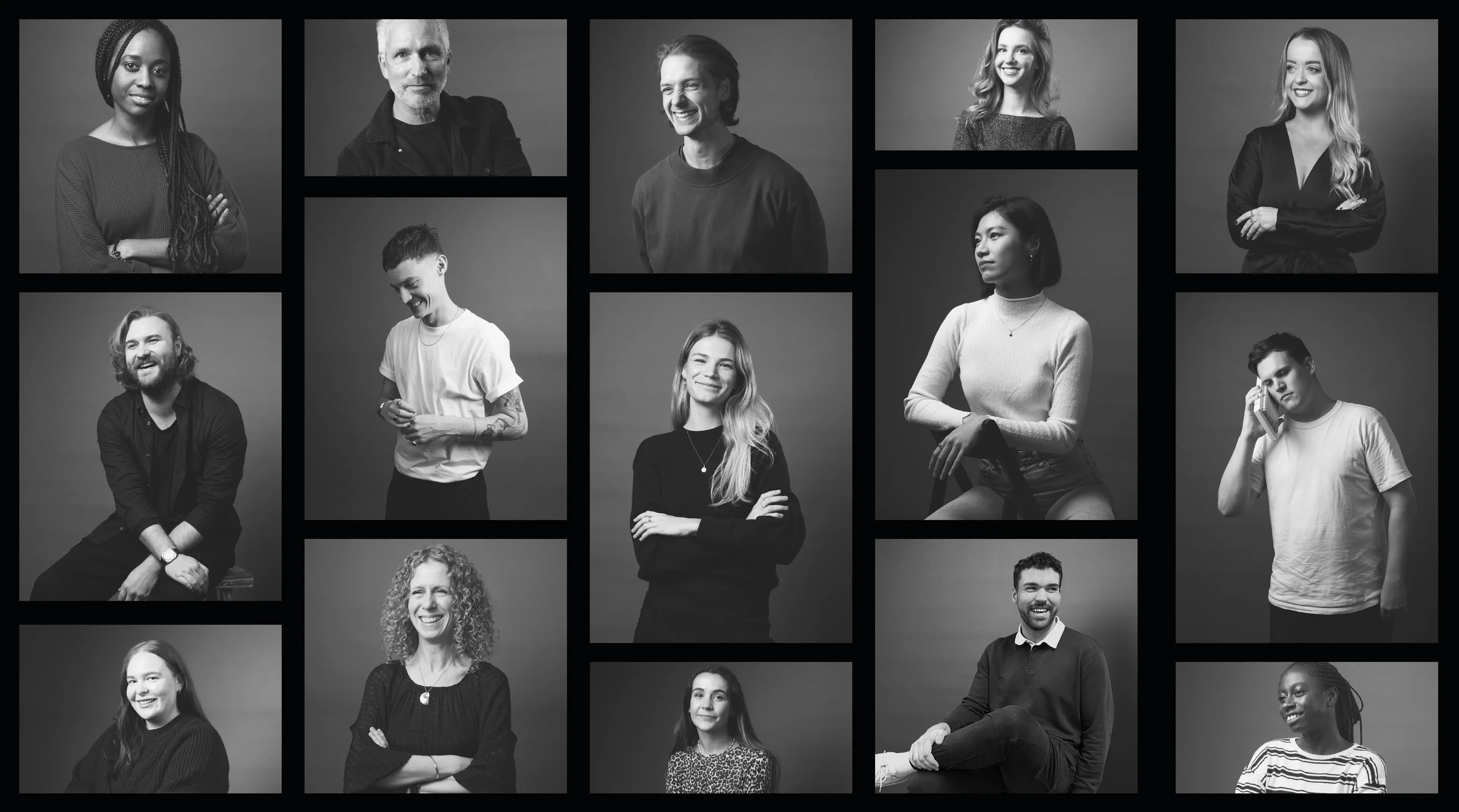
Trends & Insights
1 Dec 2021
4 Min Read
Google Trends: A Year in Search
At the close of every year, Google releases their annual trends data for the most searched terms that year. As the most frequented search engine across the globe, it’s a valuable insight into the questions that dominate our time.
Trends & Insights



